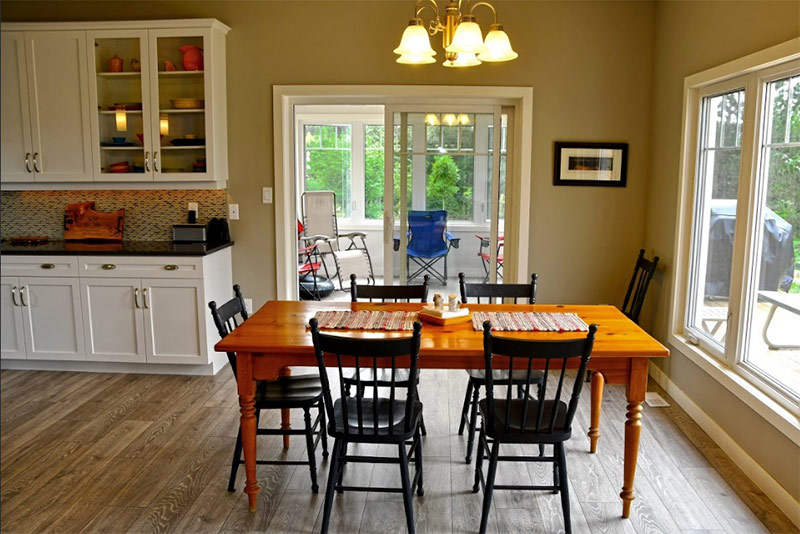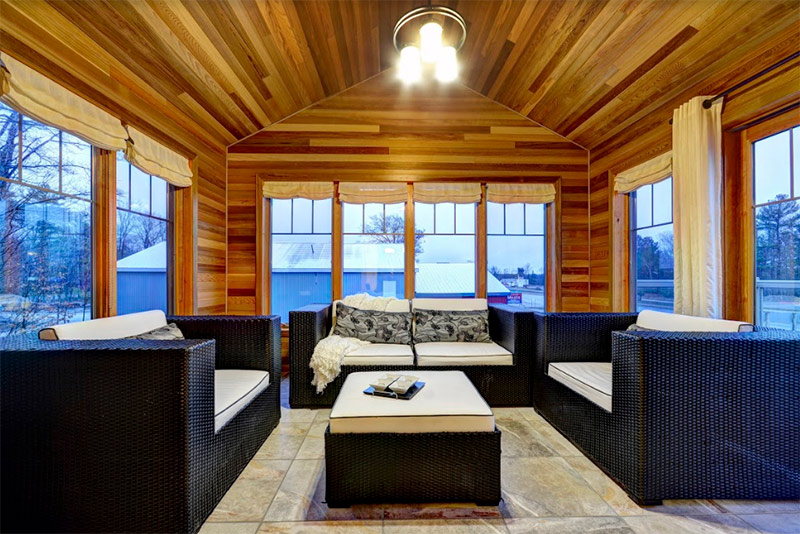Think: how many times a day do you switch the lights on or off?
While it’s easy to take for granted, there’s no doubt that lighting plays a major role in our everyday lives. It illuminates the home, of course, but lighting can also affect your mood, creativity, energy level, and even your appetite!
That’s why you should plan the lighting for your home carefully. There’s more to it than choosing the right style of bulb and light fixture! These bright tips will help you make smart choices when you plan the lighting for your home.
1. Learn the Three Types of Lighting
There are three main types of lighting: ambient light, task light, and accent light. It helps to think of these as ‘layers’ that work together to make up the lighting in a room.
Each layer has a distinct purpose:
- Ambient lighting fills the entire room with soft light, often from a floor lamp or ceiling fixture that directs light downward.
- Task lighting, as the name implies, provides extra light in one part of the room to help you do a specific task. Examples of task lighting include a desk lamp in your home office, or a strip of bright lights to brighten the counter space beneath your kitchen cabinets.
- Accent lighting is meant to call attention to a particular object or detail in the room, like a piece of art or a bookcase.
To plan the lighting for your home, you’ll have to think about which of these types of lighting you will need in each room.
2. How Will You Use the Space?

Once you’re familiar with the three main types of lighting, it’s time to think about how they’ll work in each room.
Ask yourself: What lights do you want to switch on when you first enter the house, before you even take your shoes off? Where do you plan to entertain guests, and what sort of mood do you want to set there? Do you want a space for reading, homework, or computer work?
Planning the lighting will take some imagination if the house is still under construction, but it’s an important step. With floorplan in hand, picture your day-to-day life in your future home and make notes about the kind of lighting you’ll need to make it happen.
3. Think About Architecture

The structural design of the house will impact the type and intensity of lighting you need. A few recessed pot lights may suffice for ambient light in the basement, for example, but not in the grand foyer with a tall ceiling! You should also consider how much natural light each room will receive.
4. Start from the Top
With few exceptions, it’s best to plan your ambient lighting first. Every room will need at least one ambient light, and these fixtures will be responsible for most of the lighting in your home.
Task and accent lighting come next, though you may prioritize task lighting for workspaces like home offices. It is often easier to add or modify task lighting later on compared to accent and décor lighting.
5. Know Your Lighting Lingo
Still thinking in watts and kilowatts? When it’s time to buy your lightbulbs, you should know that lumens and life hours are the most important numbers. Lumens measure the amount of light a lightbulb produces (500 lumens is roughly as bright as a classic 40W lightbulb), while life hours tells you its average lifespan.
Pay close attention to life hours when selecting lightbulbs for fixtures that will be on for longer periods, or will be difficult to replace. Hallway and kitchen lights tend to get lots of use, along with ambient lighting in your child or grandchild’s room (since kids often forget to turn out the lights.)
6. Be Energy-Efficient
Lighting accounts for 4% of the average Canadian’s energy bill. That may not sound like much, but it adds up fast. Choosing energy-efficient LED or CFL lighting will save you in the long run. Plus, you won’t have to climb the ladder to replace them nearly as often!
Energy-wise homeowners can consider other ways to save energy when they plan the lighting in their homes. For example, using motion sensors, timers, or smart lighting systems can reduce the amount of electricity you waste on unnecessary lighting.
